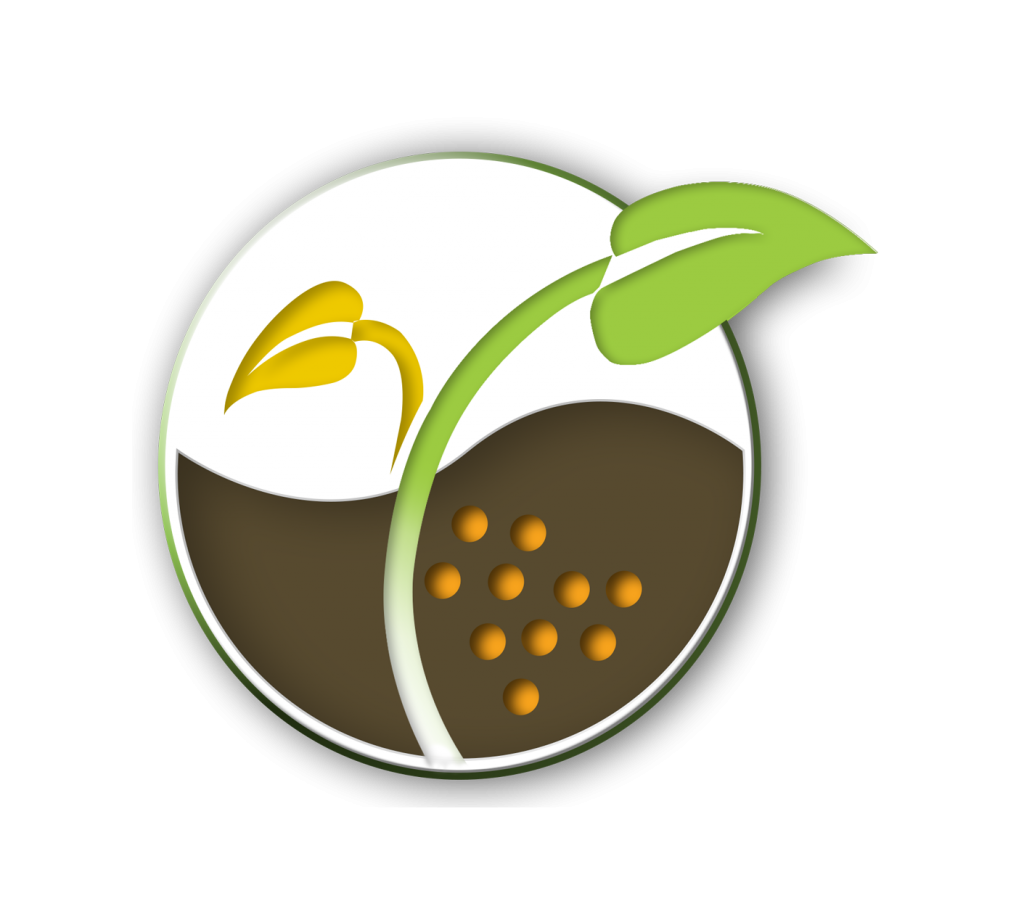Integrated Pest and Disease Control
(IPM – Integrated Pest Management): Basic Concepts.
In this article you will find:
– What is Integrated Pest and Disease Control?
– How do Integrated Crop Pest and Disease Control programs work?
– European Legislation: Directive 2009/128/E.
Integrated Pest and Disease Management (IPM) is a set of techniques focused on the control of pests and diseases through effective and environmentally sensitive management. It could be summarized as a set of techniques that are a combination of common sense practices for agriculture.
Integrated pest and disease control combines the different existing plant protection techniques and proposes a responsible and appropriate (and proportionate) use for each situation and each specific case, with the objective of maintaining the use of phytosanitary products and other forms of intervention at economically and ecologically justified levels.
the main objective is to reduce and minimize risks to human health and the environment. Emphasis is placed on achieving a healthy crop with minimum intervention in the agroecological system, always favoring natural control mechanisms.
Another major objective of Integrated Pest Management is to achieve healthy crops with the least possible aggression to agroecosystems and to promote the natural pest control mechanisms that are available.
Organic food production applies the same concepts as Integrated Pest and Disease Control, but limits the use of pesticides to those produced from natural sources, as opposed to synthetic chemicals which are prohibited in this type of agricultural production.

Integrated Pest and Disease Management (IPM) is not a single method in Integrated Pest and Disease Management, but rather a series of actions at different levels: assessment, decision making, and pest and disease control and management actions.
The four steps include:
1. Establish action thresholds.
The first step is to establish a threshold of action, knowing the point at which pest populations or environmental conditions indicate that control measures are necessary.
Sighting a single pest on an ad hoc basis does not always mean that control mechanisms need to be applied. The level at which pests will become an economic threat is critical in guiding future pest control decisions.
2. Pest and Disease Identification and Monitoring
Not all insects, weeds and other living organisms require control. Many organisms are harmless, and some are even beneficial.
Integrated Pest and Disease Management (IPM) programs seek to monitor pests and accurately identify them so that appropriate control decisions can be made at the right time.
This monitoring and identification eliminates the possibility that pesticides are used in excess or in situations where they are not really needed; or that the wrong type of pesticide is used.
3. Prevention
These control methods can be very effective and cost-efficient and present little or no risk to people or the environment.
One of the pillars of Integrated Control is to prevent pests and diseases from becoming a threat in a preventive way. Actions as obvious and inexpensive as keeping the work area clean are preventive actions.
In an agricultural crop, this may mean using cultural methods, such as rotating between different crops, selecting pathogen-free resistant varieties or using appropriate rootstocks.
3. Control
Once preventive methods have been identified as ineffective or unavailable, Integrated Pest Management programs evaluate the most appropriate control method: Considering the effectiveness as well as the risk associated with the application.
Whenever the use of biological control techniques is reasonable, they should be applied prior to the use of chemical agents.
3. European Legislation: Directive 2009/128/E.
This directive also aims to promote Integrated Pest and Disease Control and to promote the use of alternative non-chemical techniques, such as biological control.


